Miscellaneous forms of corrosion

خوردگی تورقی
این نوع خوردگی به صورت جانبی از مکان های آغاز خوردگی، روی سطح پیشروی می کند و معمولا به صورت بین دانه ای در امتداد صفحات موازی با سطح ادامه می یابد. محصولات خوردگی که در مرز دانه ها تولید می شود، فلز را با اعمال نیرو از لایه زیرین به بیرون می راند که در نهایت منجر به لایه لایه یا ورقه شدن فلز می گردد. این نوع خوردگی به طور عمده آلیاژهای آلومینیوم را تحت تاثیر قرار می دهد.
این نوع خوردگی معمولا به روش ساخت آلیاژ، بازپخت ناخالصی های موجود در زمینه آلیاژ و توزیع ترکیبات بین فلزی در سطح و مرزدانه ها ارتباط دارد. نمونه ای از این نوع خوردگی در شکل زیر نشان داده شده است.
آلیاژهای مس-منیزیم سری 2000، آلیاژهای روی-مس-منیزیم سری 7000 در محیط های صنعتی و دریایی نسبت به این نوع خوردگی (پوسته پوسته شدن) حساس هستند.
خوردگی زیر رسوبی
خوردگی زیر رسوبی هنگامی روی می دهد که سطح فلز به وسیله رسوبات و یا هر جسم خارجی دیگری پوشیده شده باشد. این وضعیت می تواند سبب به وجود آمدن خوردگی شیاری گردد. در صورتی که رسوب تشکیل شده بر روی سطح فلز، رسانای جریان الکتریکی نیز باشد احتمال پدید آمدن خوردگی گالوانیکی نیز وجود دارد.
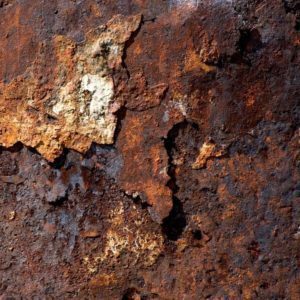
خوردگی توسط اسید چگال شده
در حین شروع به کار و پایان کار یک کارخانه ممکن است شرایط به نحوی باشد که دما و فشار زیر نقطه شبنم بخارات موجود در محیط باشد، این عمل می تواند سبب چگالش این گازها بر روی سطوح فلزی شده و موجب خوردگی گردد. به عنوان مثال در محفظه های احتراق که سولفور سوزانده می شود ممکن است سولفور با بخار آب ترکیب شده، تولید اسید سولفوریک کرده و بعد از میعان بر روی سطوح فلزی سبب بروز انواع خوردگی گردد.
خوردگی در حالت عدم کار کرد
همان طور که از نام این خوردگی مشخص است، این نوع خوردگی زمانی روی می دهد که کارخانه در حالت عدم کار کرد باشد. معمولا در این حالت رطوبت موجود در هوا و یا بخار مواد شیمیایی سبب بروز خوردگی بر روی سطوح فلزی می گردد.
خوردگی در دمای بالا
اگر بر روی سطح فلز، ناخالصی های مایع و یا جامد وجود داشته باشد، این ناخالصی ها می توانند با لایه محافظ اکسیدی واکنش داده و سبب تخریب این لایه گردند. این واکنش ها معمولا در دمای بالای 600 درجه سانتی گراد رخ می دهند و در این حالت لایه محافظ از بین رفته و فلز دچار خوردگی داغ و یا خوردگی در دمای بالا می گردد.
در اثر واکنش فلز با محیط حاوی گاز داغ، روی سطح فلز یک لایه اکسیدی تشکیل می شود. این لایه اکسیدی بر روی سطح به صورت محافظ عمل کرده و از ادامه واکنش های خوردگی جلوگیری می کند. اما در این لایه یون های فلزی، الکترون و همچنین یون های اکسیژن می توانند حرکت نمایند و به این طریق این لایه اکسیدی رشد می کند.
share :





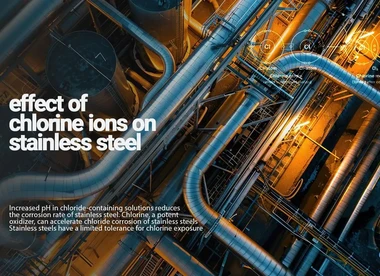
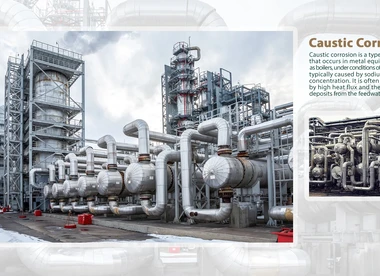
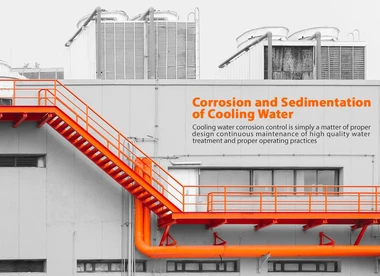
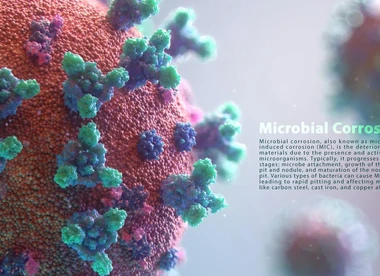
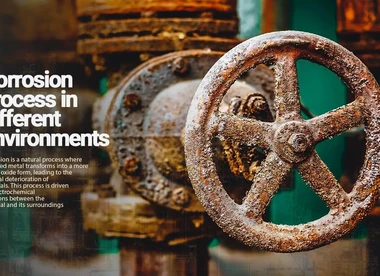
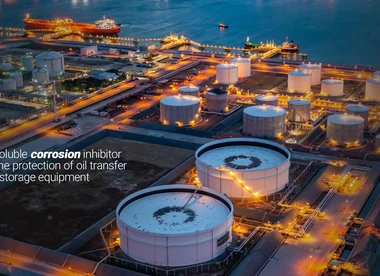

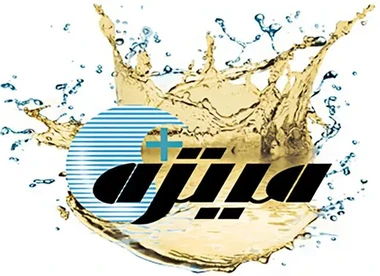
Submit your opinion
Your email address will not be published.